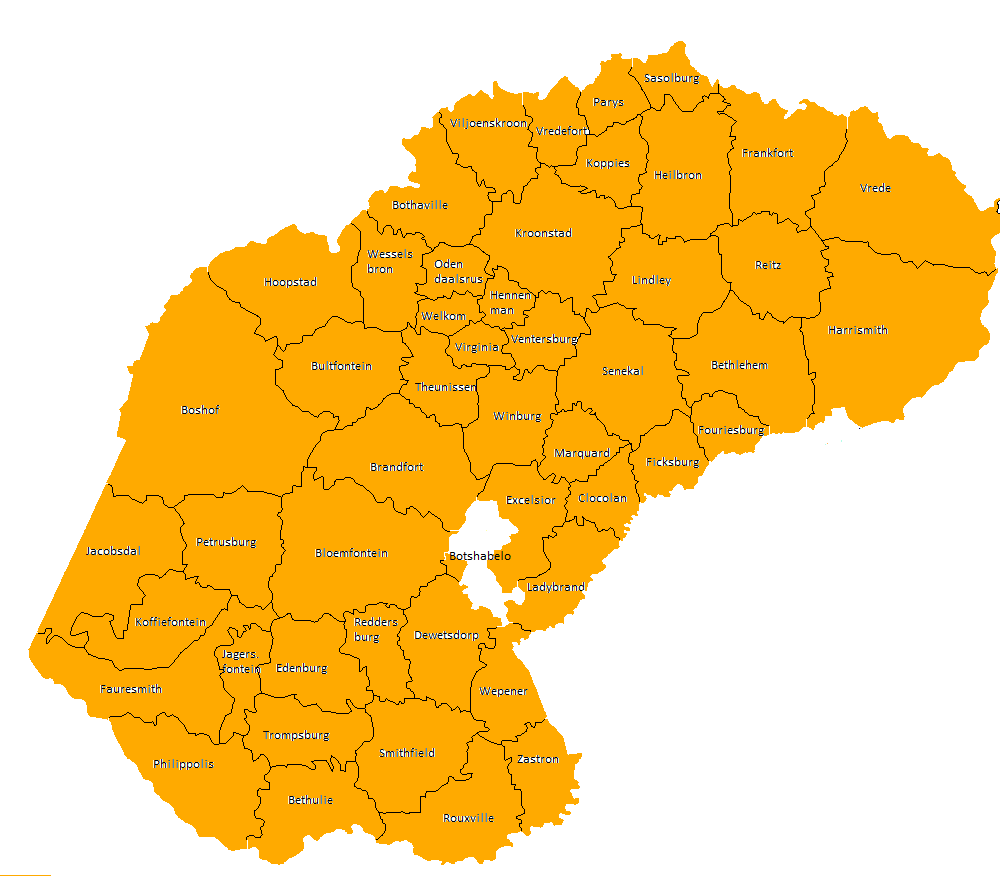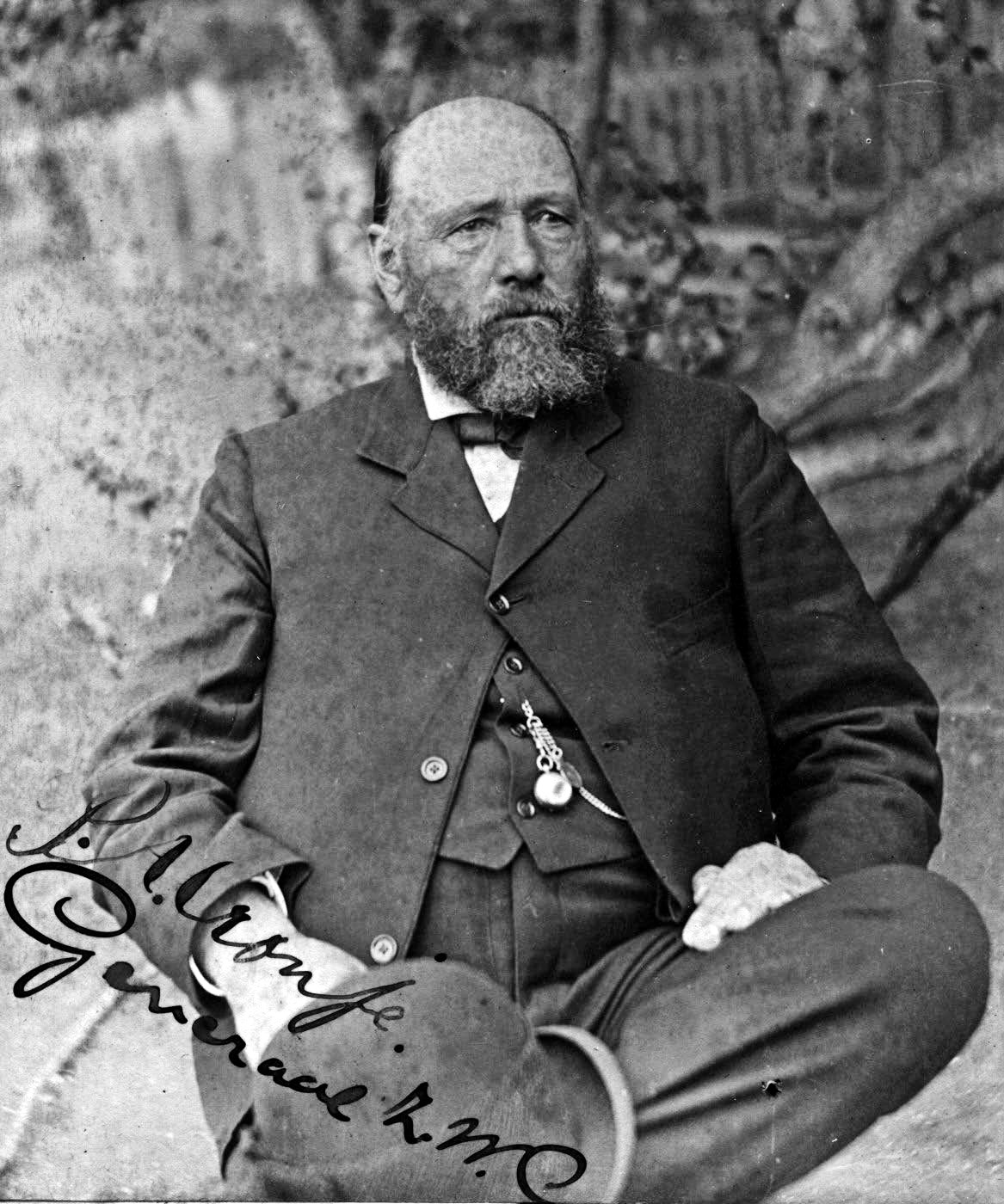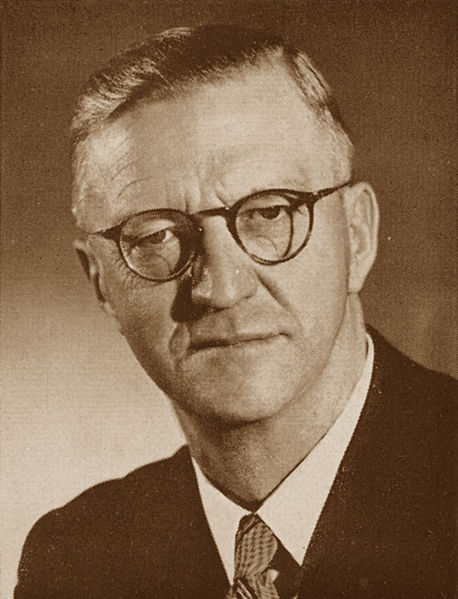|
C. R. Swart
Charles Robberts Swart (5 December 1894 – 16 July 1982), nicknamed "Blackie", was a South African politician who served as the last governor-general of the Union of South Africa from 1959 to 1961 and the first state president of the Republic of South Africa from 1961 to 1967. Early life Swart was born on 5 December 1894 on the Morgenzon farm, in the Winburg district, part of the Boer republic of the Orange Free State (which became a British colony in 1902 and a province of the Union of South Africa in 1910).''Current Biography Yearbook'' H. W. Wilson Company, 1960, page 420 He was the third of six children, born to Hermanus Bernardus Swart (1866–1949) and Aletta Catharina Robberts (1871–1927). The Anglo-Boer War ( |
Decoration For Meritorious Services
The Decoration for Meritorious Services was an honour conferred until 1987 by the Government of the Republic of South Africa, usually for political services to the country. The appointments were made by the State President of South Africa. Postnominal letters The conferral of this honour entitles the holder to the use of 'DMS' (or ) after their name. It was superseded by the Order for Meritorious Service in 1986. Since 1 June 1994, this honour is classified as a Commonwealth of Nations, Commonwealth honour. Design A five-armed gold Maltese cross, displaying a golden protea flower on a blue roundel in the centre of a 5-pointed diamond-studded star, all superimposed on a multi-rayed silver and gold plaque (obverse). It is worn on a neck ribbon. Selected recipients References Civil awards and decorations of South Africa, 050 {{orders-medals-stub ... [...More Info...] [...Related Items...] OR: [Wikipedia] [Google] [Baidu] |
Orange Free State Province
The Province of the Orange Free State (), commonly referred to as the Orange Free State (), Free State () or by its abbreviation OFS, was one of the four provinces of South Africa from 1910 to 1994. After 27 April 1994 it was dissolved following the first non-racial election in South Africa. It is now called the Free State Province. Its predecessor was the Orange River Colony which in 1902 had replaced the Orange Free State, a Boer republic. Its ''outside'' borders were the same as those of the modern Free State Province; except for the bantustans ("homelands") of QwaQwa and one part of Bophuthatswana, which were contained on land ''inside'' of the provincial Orange Free State borders. Districts in 1991 Districts of the province and population at the 1991 census. Administrators See also * Orange Free State * Free State (South African province) The Free State ( ; ; ; ; ), formerly known as the Orange Free State, is a province of South Africa. Its capital is Bl ... [...More Info...] [...Related Items...] OR: [Wikipedia] [Google] [Baidu] |
Simon's Town
Simon's Town (), sometimes spelled Simonstown, is a town in the Western Cape, South Africa and is home to Naval Base Simon's Town, the South African Navy's largest base. It is located on the shores of Simon's Bay in False Bay, on the eastern side of the Cape Peninsula. For more than two centuries, it has been a naval base and harbour (first for the British Royal Navy and now the South African Navy). The town is named after Simon van der Stel, an early governor of the Cape Colony. Topography The land rises steeply from near the water's edge and the town is boxed in along the shoreline by the heights above. The small harbour itself is protected from swells by a Breakwater (structure), breakwater that was built with thousands of huge blocks of sandstone quarried out of the face of the mountain above. Simon's Town is now in effect a suburb of the City of Cape Town Metropolitan Municipality. The Simon's Town railway station is the terminus of the Southern Line (Cape Town), Southern ... [...More Info...] [...Related Items...] OR: [Wikipedia] [Google] [Baidu] |
Battle Of Paardeberg
The Battle of Paardeberg or Perdeberg ("Horse Mountain", 18–27 February 1900) was a major battle during the Second Anglo-Boer War. It was fought near ''Paardeberg Ford (crossing), Drift'' on the banks of the Modder River in the Orange Free State near Kimberley, Northern Cape, Kimberley (now in Letsemeng Local Municipality, Free State (province), Free State). Paul Methuen, 3rd Baron Methuen, Lord Methuen advanced up the railway line in November 1899 with the objective of relieving the Siege of Kimberley (and the town of Siege of Mafeking, Mafeking, also under siege). Battles were fought on this front at Battle of Graspan, Graspan, Belmont, Battle of Modder River, Modder River before the advance was halted for two months after the British defeat at the Battle of Magersfontein. In February 1900, Field Marshal Frederick Roberts, 1st Earl Roberts, Lord Roberts assumed personal command of a significantly reinforced British offensive. The army of Boer General Piet Cronjé was retre ... [...More Info...] [...Related Items...] OR: [Wikipedia] [Google] [Baidu] |
Second Boer War
The Second Boer War (, , 11 October 189931 May 1902), also known as the Boer War, Transvaal War, Anglo–Boer War, or South African War, was a conflict fought between the British Empire and the two Boer republics (the South African Republic and Orange Free State) over Britain's influence in Southern Africa. The Witwatersrand Gold Rush caused a large influx of "Uitlander, foreigners" (''Uitlanders'') to the South African Republic (SAR), mostly British from the Cape Colony. As they, for fear of a hostile takeover of the SAR, were permitted to vote only after 14 years of residence, they protested to the British authorities in the Cape. Negotiations failed at the botched Bloemfontein Conference in June 1899. The conflict broke out in October after the British government decided to send 10,000 troops to South Africa. With a delay, this provoked a Boer and British ultimatum, and subsequent Boer Irregular military, irregulars and militia attacks on British colonial settlements in Natal ... [...More Info...] [...Related Items...] OR: [Wikipedia] [Google] [Baidu] |
Union Of South Africa
The Union of South Africa (; , ) was the historical predecessor to the present-day South Africa, Republic of South Africa. It came into existence on 31 May 1910 with the unification of the British Cape Colony, Cape, Colony of Natal, Natal, Transvaal Colony, Transvaal, and Orange River Colony, Orange River colonies. It included the territories that were formerly part of the South African Republic and the Orange Free State. Following World War I, the Union of South Africa was a signatory of the Treaty of Versailles and became one of the Member states of the League of Nations, founding members of the League of Nations. It was League of Nations mandate, mandated by the League with the administration of South West Africa (now known as Namibia). South West Africa became treated in most respects as another province of the Union, but it never was formally annexed. The Union of South Africa was a self-governing dominion of the British Empire. Its full sovereignty was confirmed with the ... [...More Info...] [...Related Items...] OR: [Wikipedia] [Google] [Baidu] |
Boer
Boers ( ; ; ) are the descendants of the proto Afrikaans-speaking Free Burghers of the eastern Cape frontier in Southern Africa during the 17th, 18th, and 19th centuries. From 1652 to 1795, the Dutch East India Company controlled the Dutch Cape Colony, which the United Kingdom incorporated into the British Empire in 1806. The name of the group is derived from Trekboer then later "boer", which means "farmer" in Dutch and Afrikaans. In addition, the term also applied to those who left the Cape Colony during the 19th century to colonise the Orange Free State, and the Transvaal (together known as the Boer Republics), and to a lesser extent Natal. They emigrated from the Cape to live beyond the reach of the British colonial administration, with their reasons for doing so primarily being the new Anglophone common law system being introduced into the Cape and the British abolition of slavery in 1833. The term ''Afrikaners'' or ''Afrikaans people'' is generally used in moder ... [...More Info...] [...Related Items...] OR: [Wikipedia] [Google] [Baidu] |
State President Of South Africa
The State President of the Republic of South Africa () was the head of state of South Africa from 1961 to 1994. The office was established when the country 1960 South African republic referendum, became a republic on 31 May 1961, outside the Commonwealth of Nations, and Queen Elizabeth II ceased to be Monarchy of South Africa, Queen of South Africa. The position of Governor-General of South Africa was accordingly abolished. From 1961 to 1984, the post was largely ceremonial. After constitutional reforms enacted in 1983 and taking effect in 1984, the State President became an executive post, and its holder was both head of state and head of government. The State President was appointed by both Houses of the Parliament of South Africa (Senate of South Africa and the House of Assembly of South Africa) meeting jointly in the form of an electoral college for this purpose. The office was abolished in 1994, with the end of Apartheid and the transition to democratic majority rule. S ... [...More Info...] [...Related Items...] OR: [Wikipedia] [Google] [Baidu] |
Governor-general Of The Union Of South Africa
The governor-general of the Union of South Africa (; ) was the highest state official in the Union of South Africa between 1910 and 1961. The Union of South Africa was founded as a self-governing Dominion of the British Empire in 1910 and the office of governor-general was established as the representative of the monarch of South Africa. Fifty-one years later, the country declared itself a republic and the office of governor-general was abolished.https://www.thepresidency.gov.za/history Some of the first holders of the post were members of the British royal family including Prince Arthur of Connaught between 1920 and 1924, and Alexander Cambridge, 1st Earl of Athlone, who served between 1924 and 1931, before becoming the governor general of Canada. As in other Dominions, this would change, and from 1943 onward only South Africans (in fact, only Afrikaners) held the office. The office was established by the South Africa Act 1909. Until the Balfour Declaration of 1926 the gove ... [...More Info...] [...Related Items...] OR: [Wikipedia] [Google] [Baidu] |
Columbia University
Columbia University in the City of New York, commonly referred to as Columbia University, is a Private university, private Ivy League research university in New York City. Established in 1754 as King's College on the grounds of Trinity Church (Manhattan), Trinity Church in Manhattan, it is the oldest institution of higher education in New York (state), New York and the fifth-First university in the United States, oldest in the United States. Columbia was established as a Colonial colleges, colonial college by royal charter under George II of Great Britain. It was renamed Columbia College (New York), Columbia College in 1784 following the American Revolution, and in 1787 was placed under Trustees of Columbia University in the City of New York, a private board of trustees headed by former students Alexander Hamilton and John Jay. In 1896, the campus was moved to its current location in Morningside Heights and renamed Columbia University. Columbia is organized into twenty schoo ... [...More Info...] [...Related Items...] OR: [Wikipedia] [Google] [Baidu] |
University Of The Free State
The University of the Free State (; Sotho language, Sesotho: ''Yunivesithi ya Freistata'') is a multi-campus public university in Bloemfontein, the capital of the Free State (province), Free State and the judicial capital of South Africa. It was first established as an institution of higher learning in 1904 as a tertiary section of Grey College, Bloemfontein, Grey College. It was declared an independent Afrikaans-language university in 1950 and the name was changed to the University of the Orange Free State. The university has two satellite campuses. Initially a whites-only precinct, the university was fully de-segregated in 1996. The first black university vice-chancellor was appointed in 2010. History The long-held dream of an institution of higher education in the Free State became a reality in 1904 when the Grey College, Bloemfontein, Grey College first accepted matriculants for a full B.A. course. In 1906 the tertiary part of Grey College became known as the Grey University ... [...More Info...] [...Related Items...] OR: [Wikipedia] [Google] [Baidu] |
Ossewabrandwag
The ''Ossewabrandwag'' (OB) (, from and - ''Ox-wagon Sentinel'') was a pro-Nazi Afrikaner nationalist organization with strong ties to National Socialism, founded in South Africa in Bloemfontein on 4 February 1939. It was strongly opposed to South African participation in World War II and vocally supportive of Nazi Germany.The “Ossewabrandwag” is founded 30 September 2019 In late 1940, the Ossewabrandwag plotted a pro-German insurrection against Prime Minister , albeit the plan was aborted. The OB carried out a campaign of sabotage against state infrastructure, resulting in a government crackdown. The unpopularity of that crackdown has been proposed ... [...More Info...] [...Related Items...] OR: [Wikipedia] [Google] [Baidu] |






